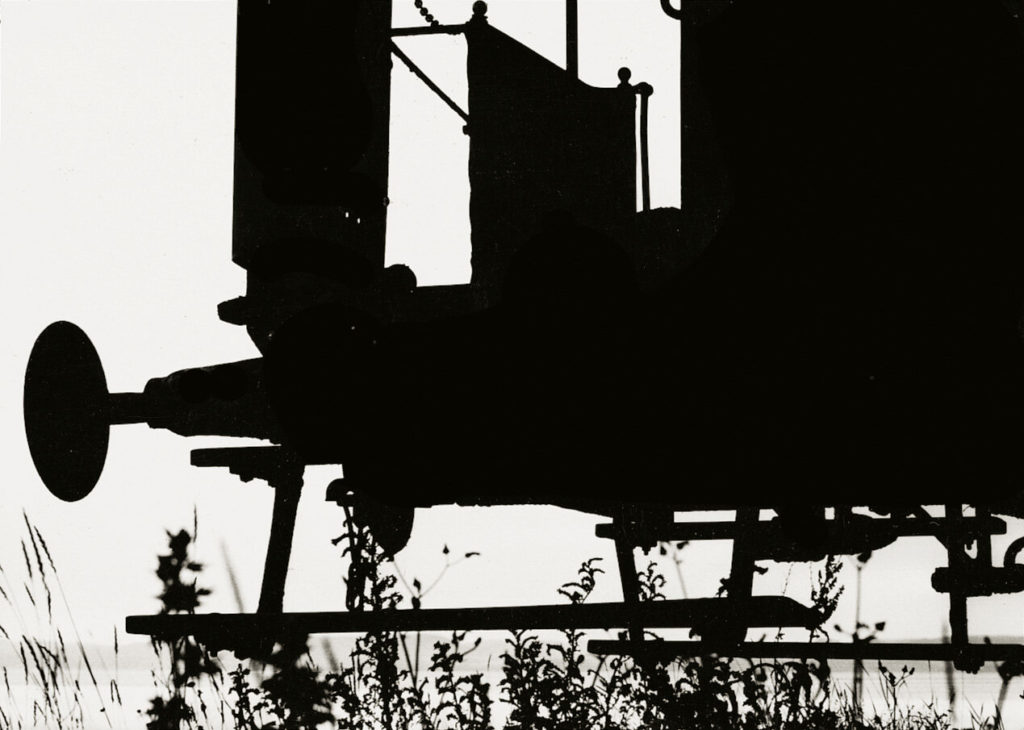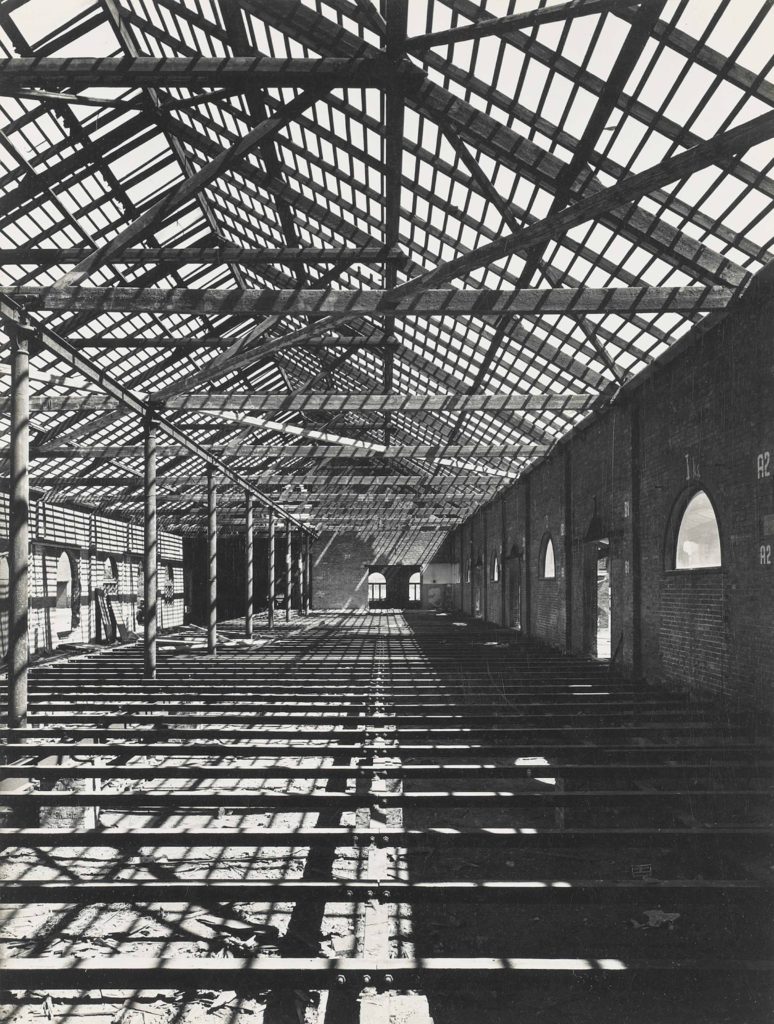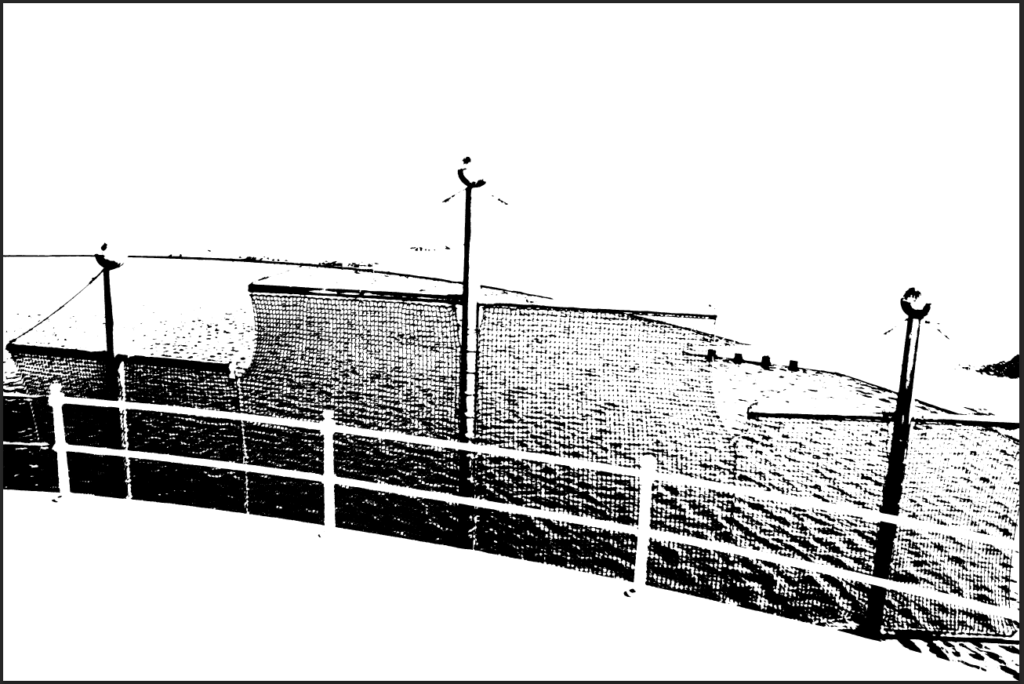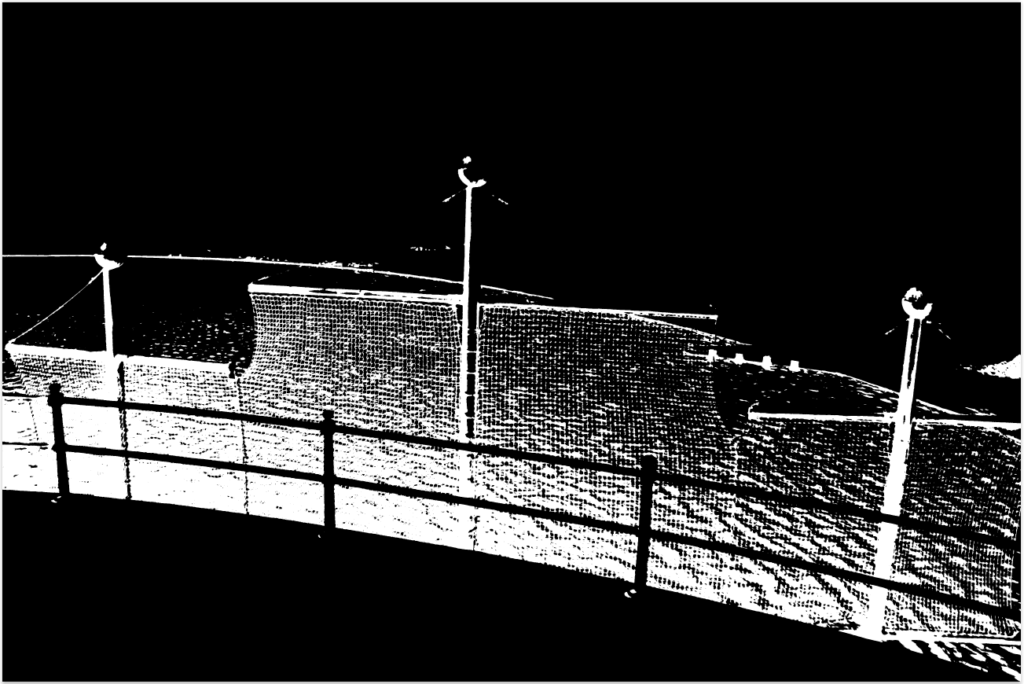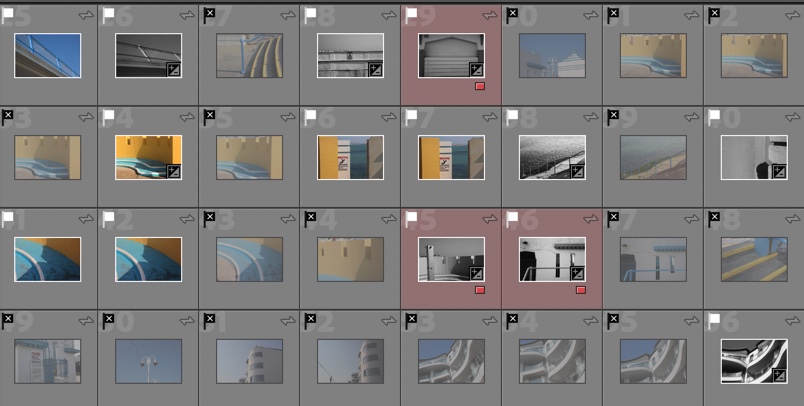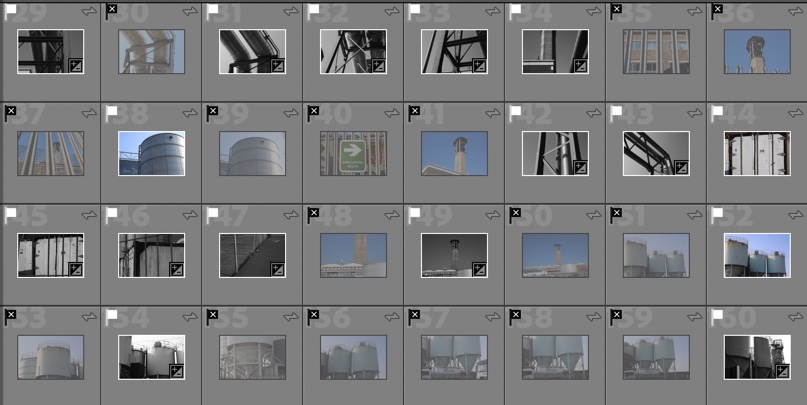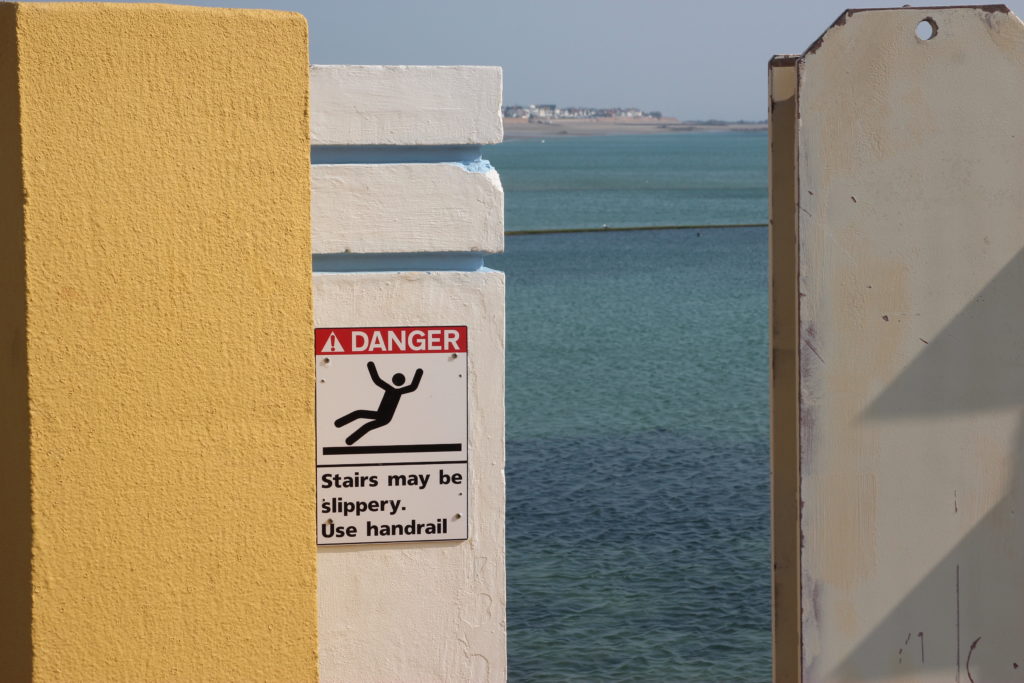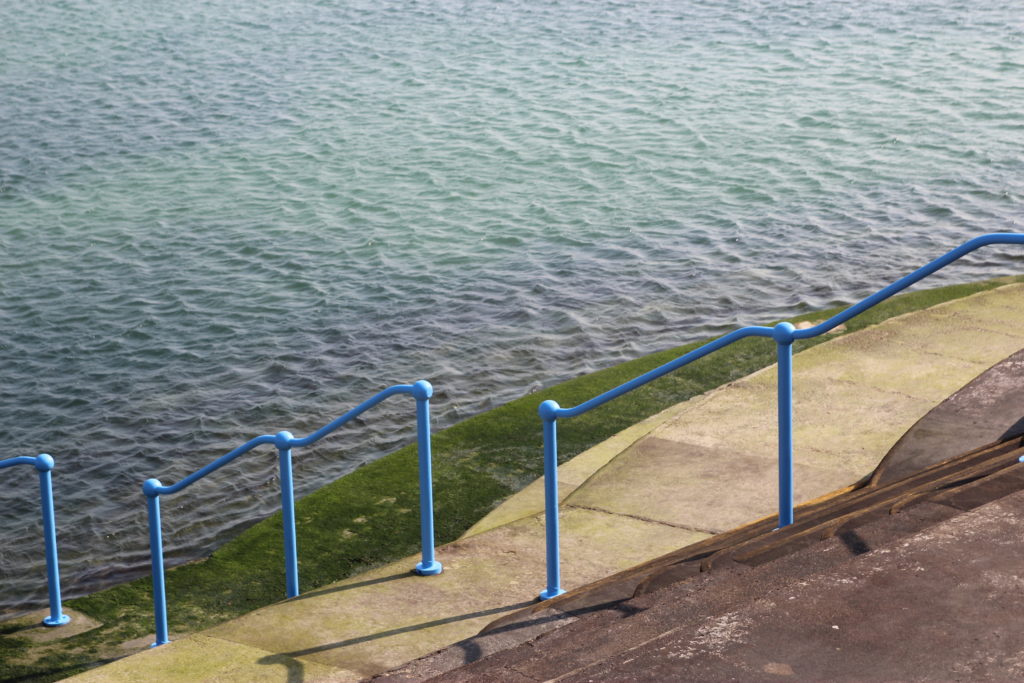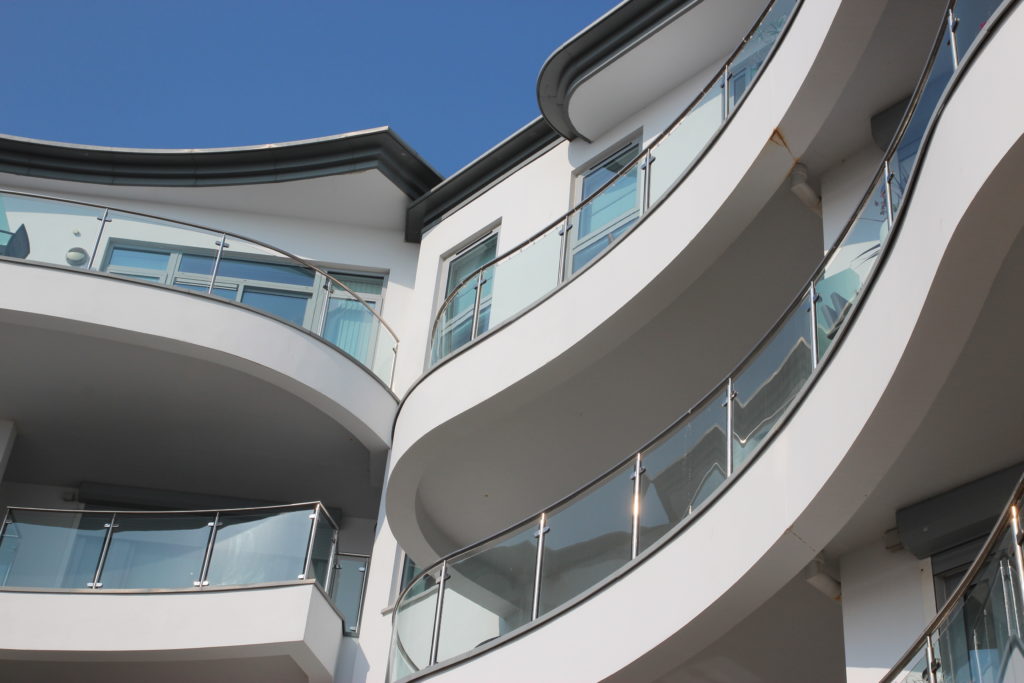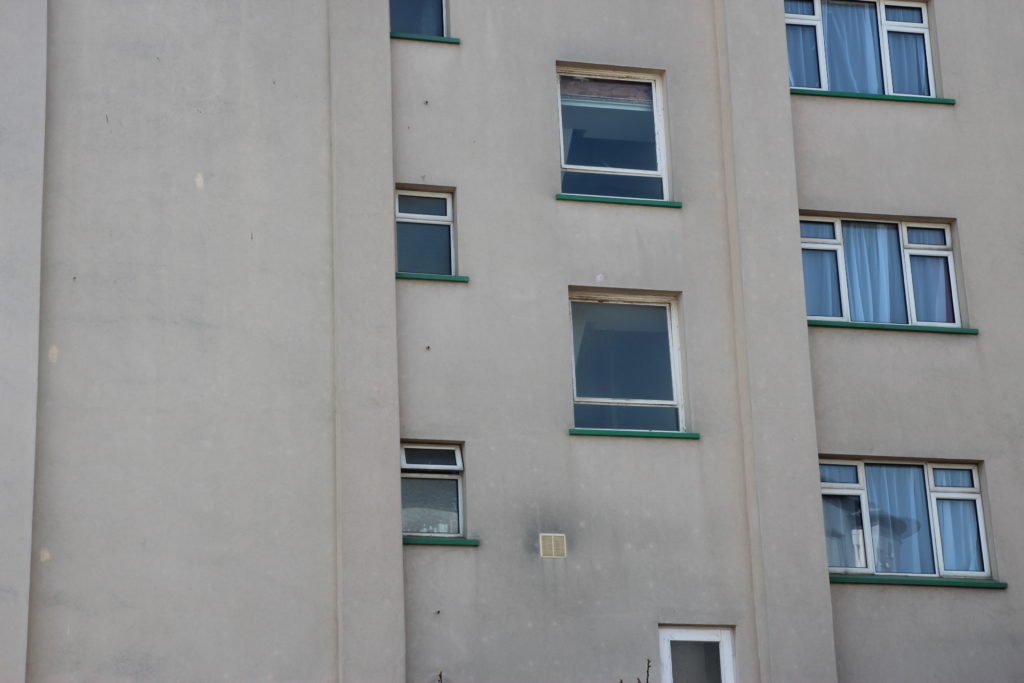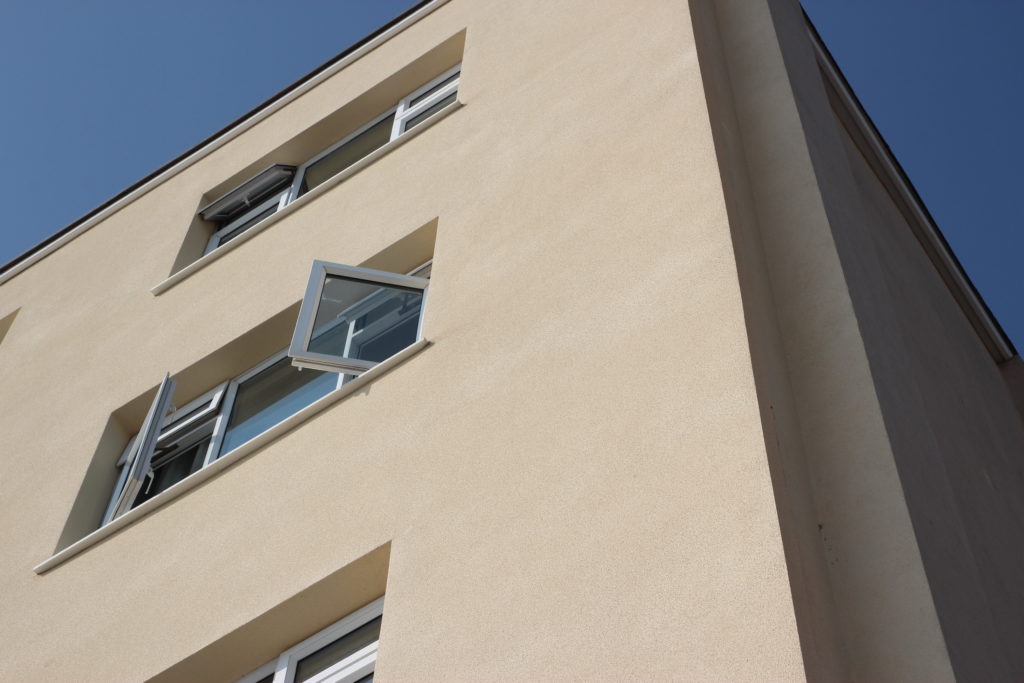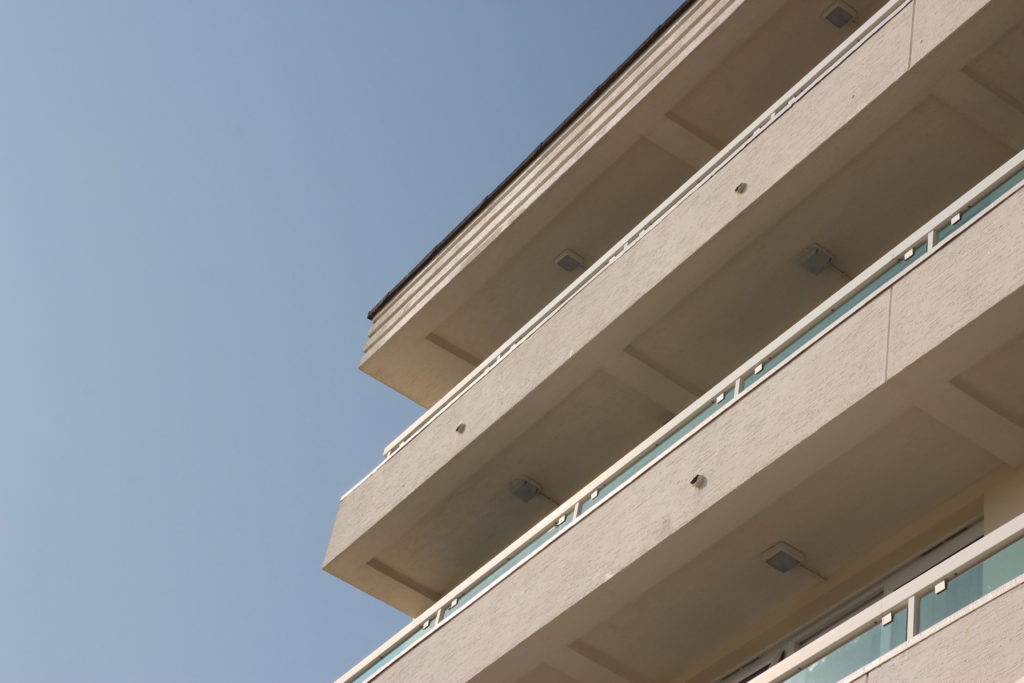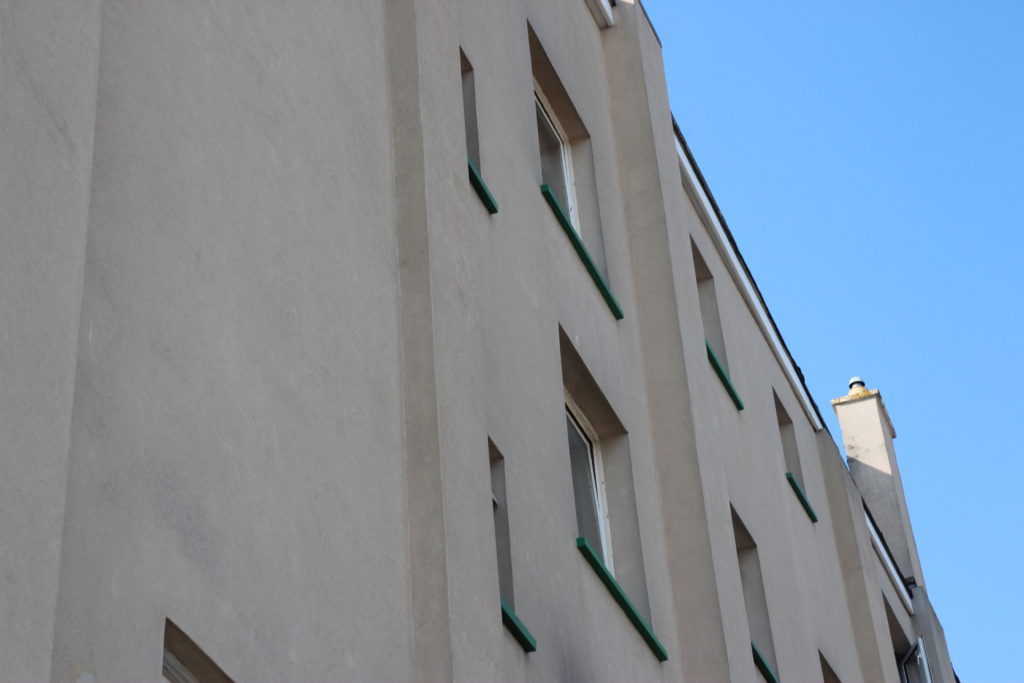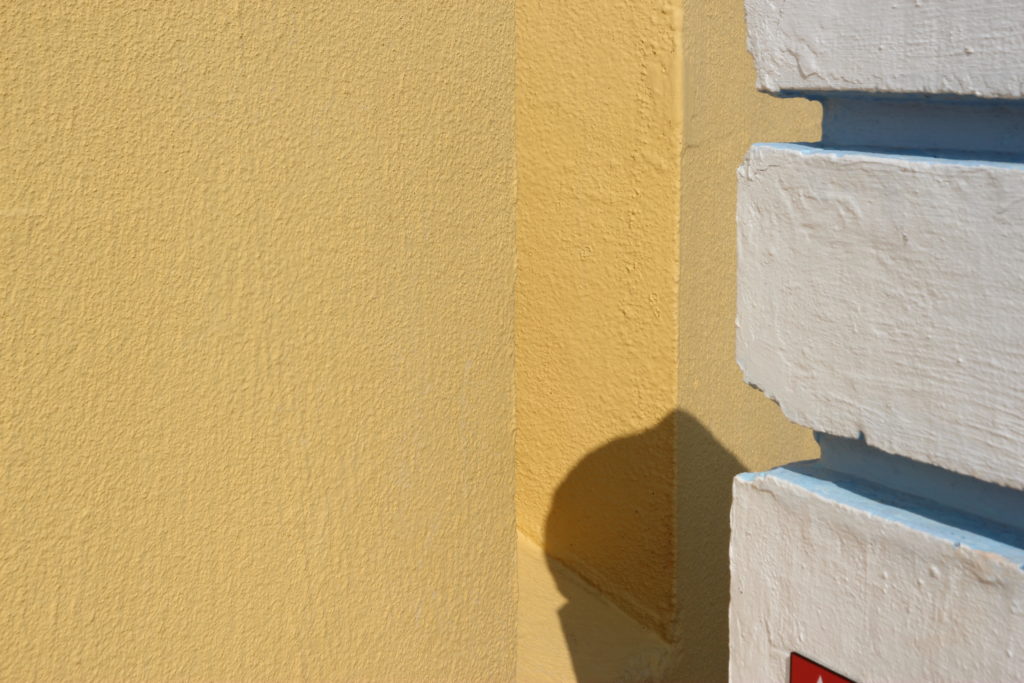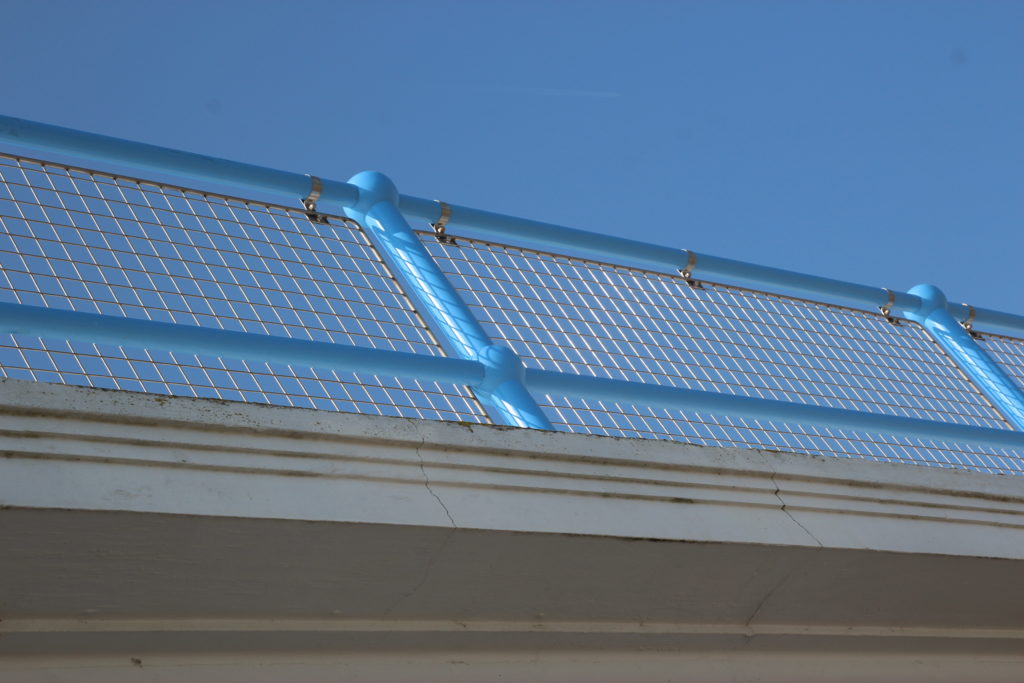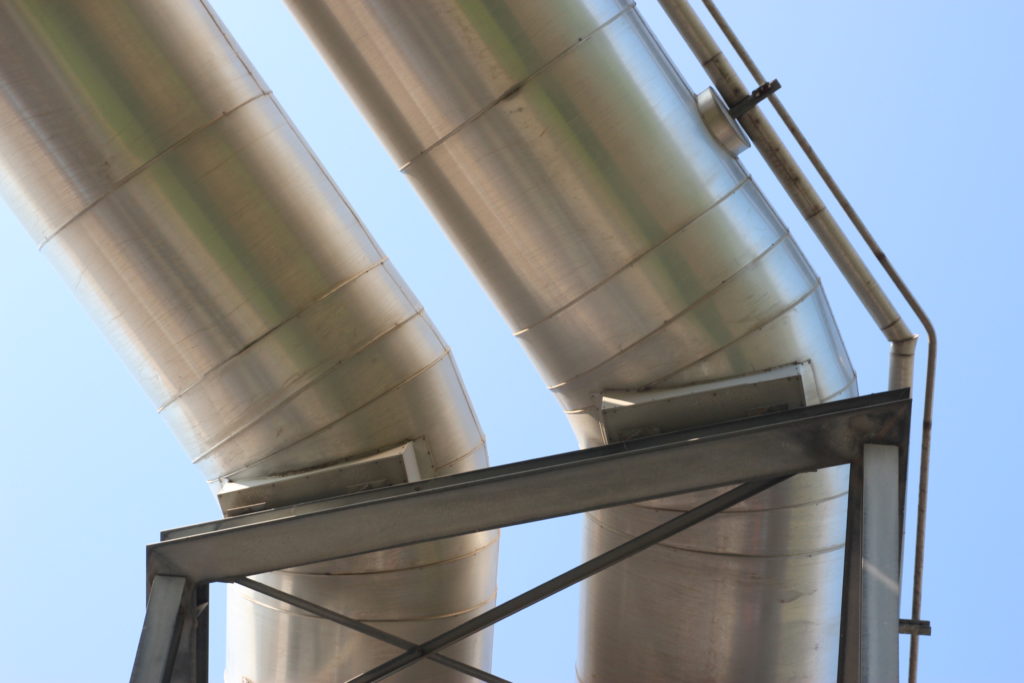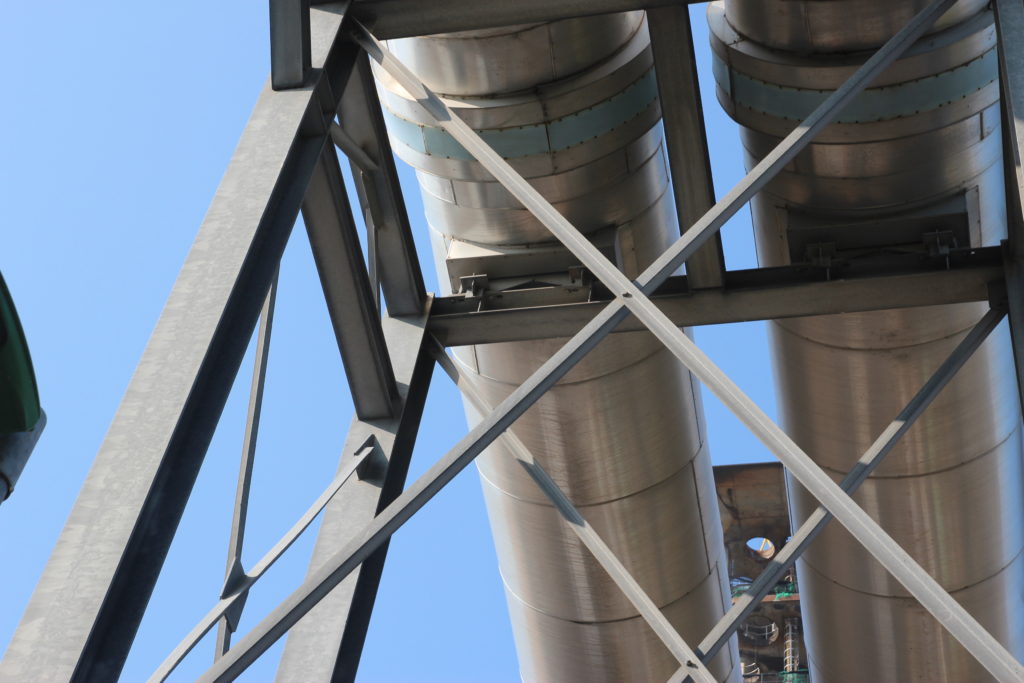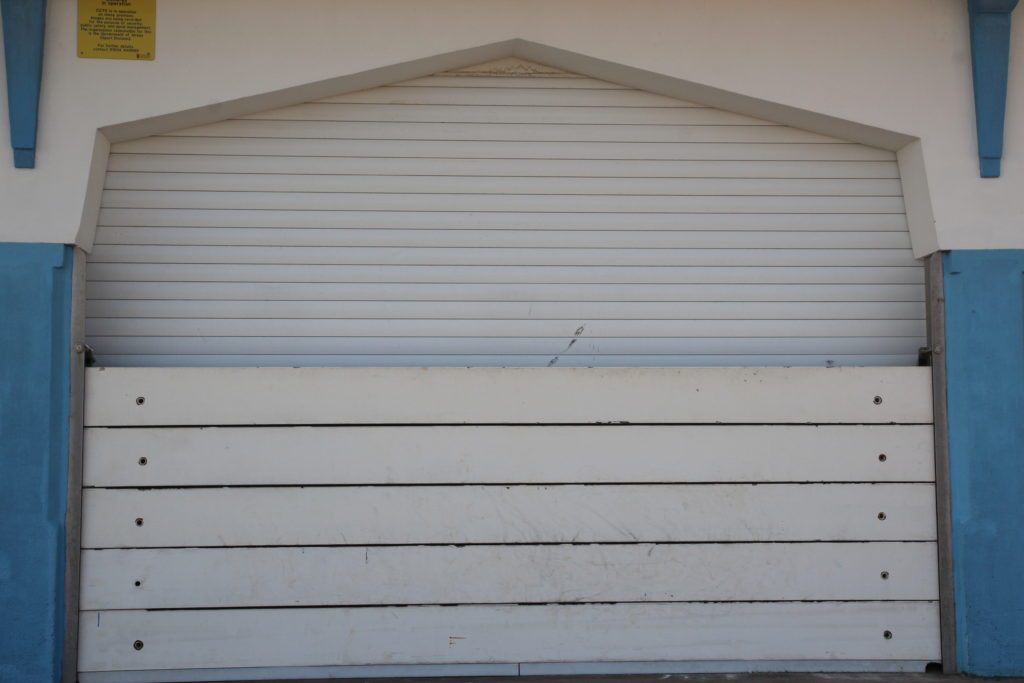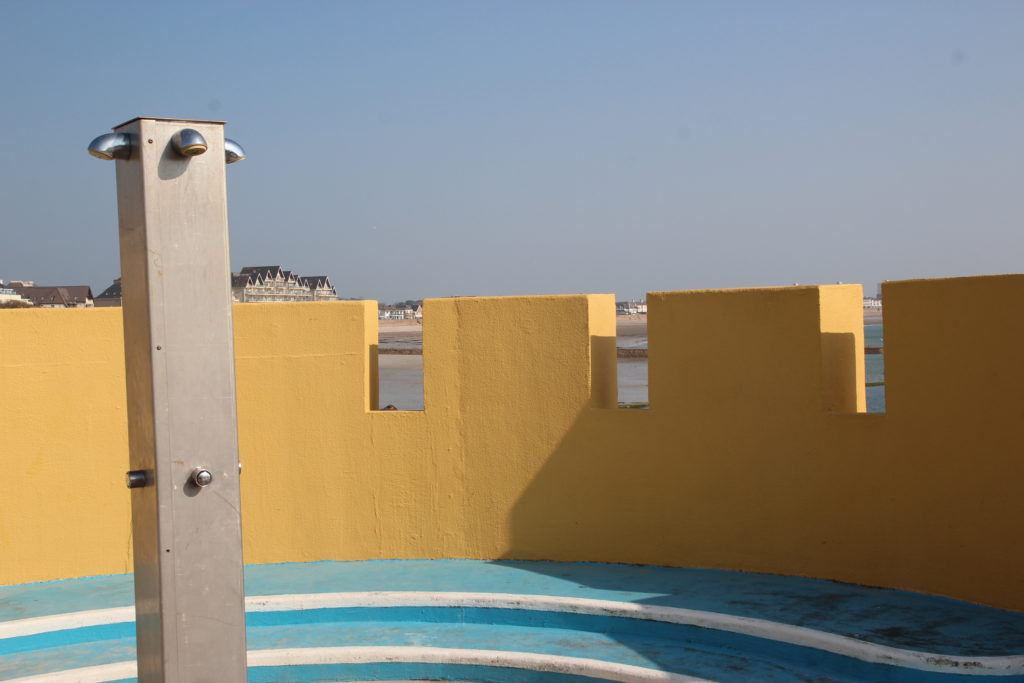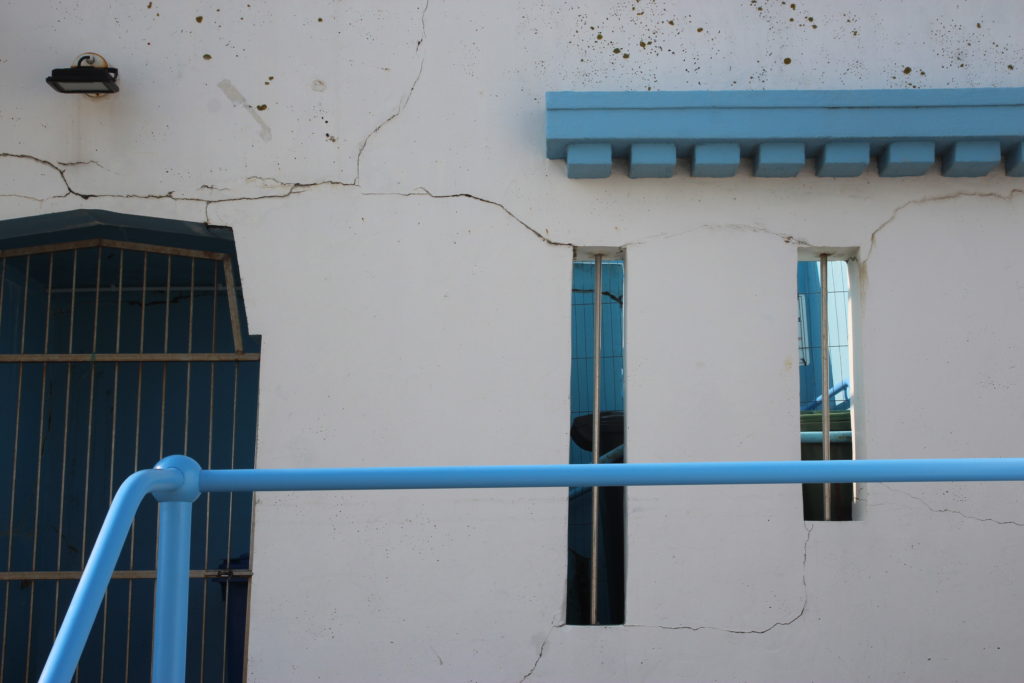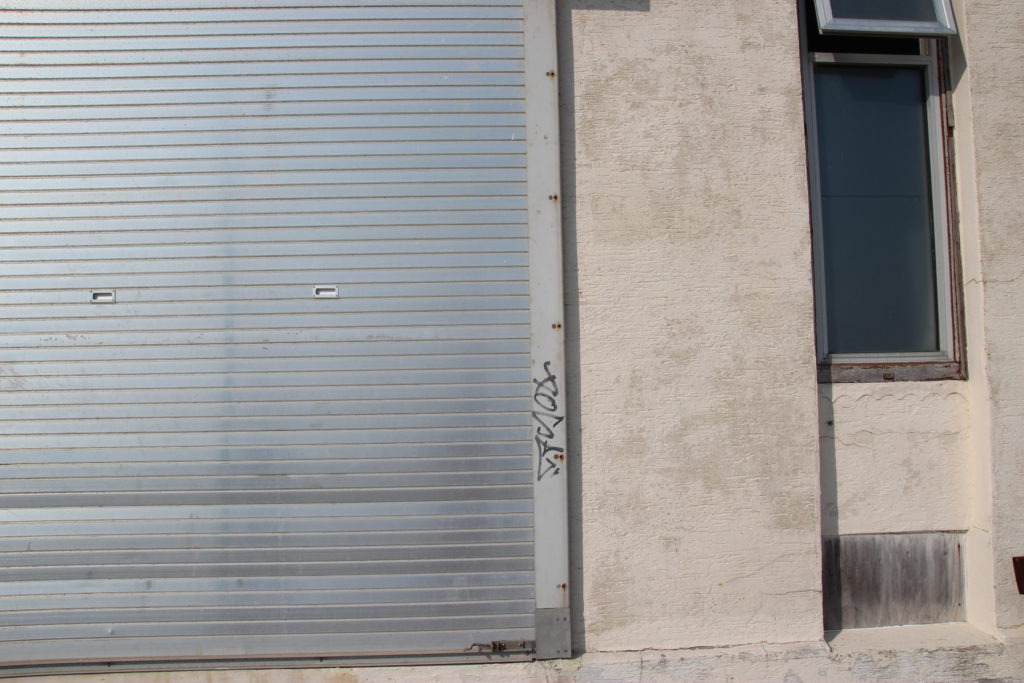Helmer-Petersen was born and grew up in the Østerbro quarter of Copenhagen. He started taking photographs in 1938, when he received a Leica camera as a graduation present. At an early stage, he became aware of the trends in international photography; in the 1940s he subscribed to the US Camera Annual and in this period became familiar with German inter-war photography, which had developed at the Bauhaus and in the Neue Sachlichkeit (The New Objectivity) movement.
The pioneering effort with 122 Colour Photographs brought Helmer-Petersen a grant from the Denmark–America Foundation to study at the Institute of Design in Chicago (founded by László Moholy-Nagy in 1937 under the name New Bauhaus). During his stay at the school, he both taught and studied under (among others) the American photographer Harry Callahan. Helmer-Petersen began to experiment with the contrast in graphic black and white expression influenced by constructivist artists and their fascination with industry’s machines and architecture’s constructions. A selection of the photographs that Helmer-Petersen created in Chicago was published in the little book Fragments of a City (1960). This offers a portrait of the city in thirty-five tightly composed graphic images and is a radical example of Helmer-Petersen’s graphic and formal experimentation.
Helmer-Petersen’s approach to photography was by and large experimental and explorative. Again and again, he worked on the borders of what we normally consider to be photography. Among other things, throughout his career he worked with “cameraless” photography, the photogram (a darkroom technique in which objects are placed directly on light-sensitive photographic paper). His curiosity about pushing the limits of the media was expressed in several experimental short films, including Copenhagen Boogie from 1949.
From the 1970s, Helmer-Petersen was preoccupied with the figurative potential in found objects. Like Irving Penn (and at the same time), Helmer-Petersen walked sidewalks, head down, making discoveries among the windswept and downtrodden street refuse. This resulted in works such as the series Deformationer. From 1974 to 1993, he created a large series of close-up abstract colour photographs of walls, timber stacks, etc. A selection of these was published in the book Danish Beauty, in 2004.


